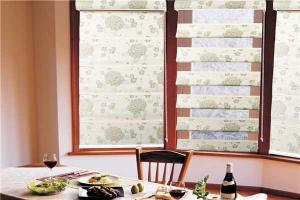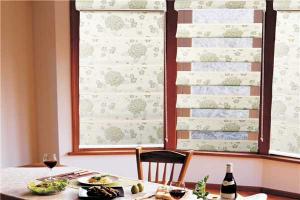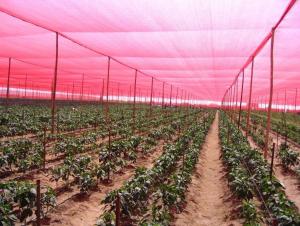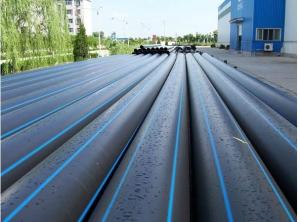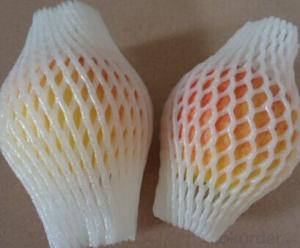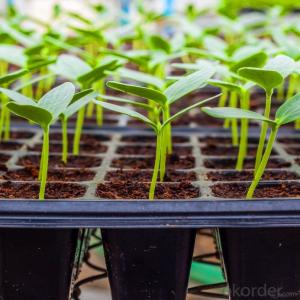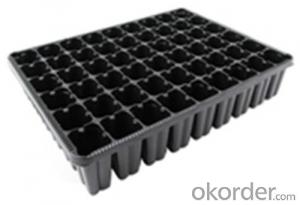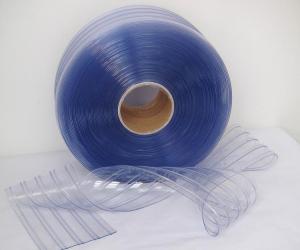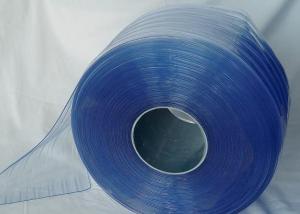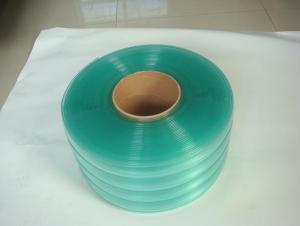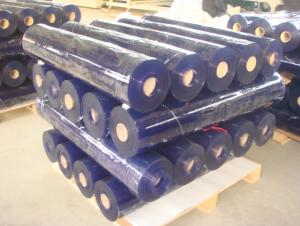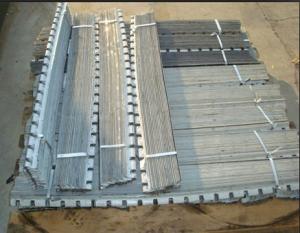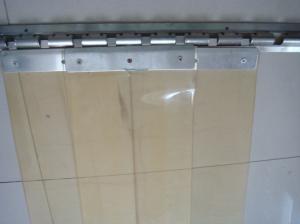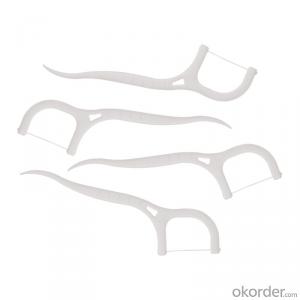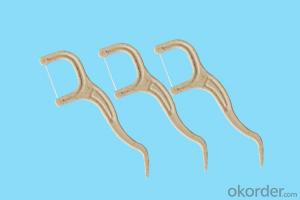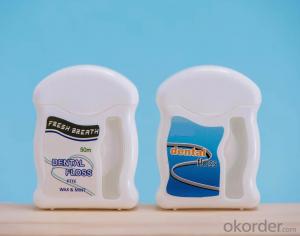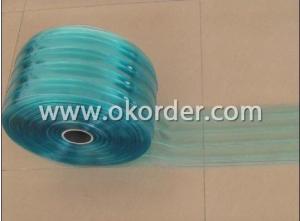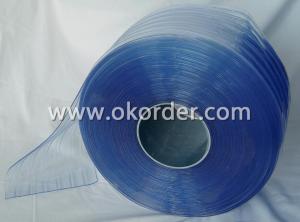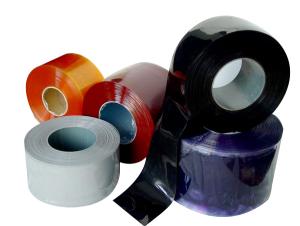Panels Curtains With Flower Pattern Warp Knitting eyelet
- Loading Port:
- Ningbo
- Payment Terms:
- TT or LC
- Min Order Qty:
- 1000 m
- Supply Capability:
- 500000 m/month
OKorder Service Pledge
Quality Product, Order Online Tracking, Timely Delivery
OKorder Financial Service
Credit Rating, Credit Services, Credit Purchasing
You Might Also Like
The curtain could be used in home and office for decorating or shading. The material of products in our company is eco- friendly and durable, and the UV-protection for this goods is strong. It's easy to install and disassemble to clean. And it looks quite beautiful and practical. The main materials for curtain are polyester and non-woven cloth, its track is aluminum and the snap is plastic.At the same time, Material, color and size can be customized as customer's demand.
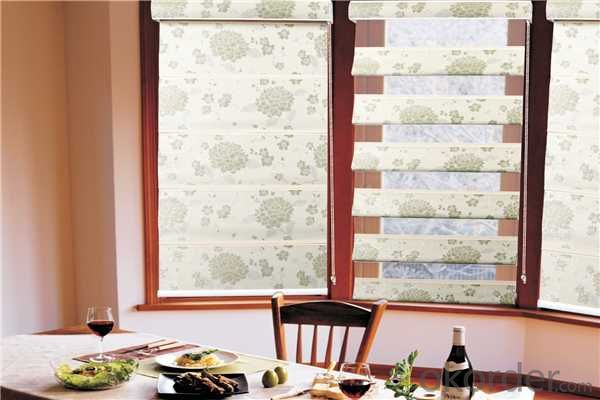



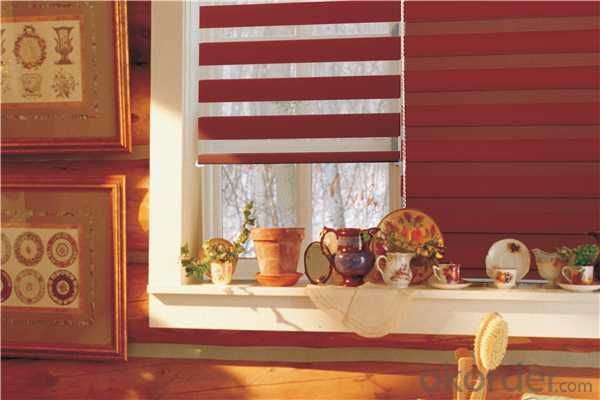



- Q:How does the choice of plastic in food sealers affect the effectiveness of sealing?
- The choice of plastic in food sealers significantly affects the effectiveness of sealing. Different types of plastics have varying properties, such as thickness, flexibility, and durability. The right choice of plastic can create an airtight seal that effectively preserves the freshness and quality of the food. On the other hand, using a low-quality or inappropriate type of plastic may result in leaks, reduced seal strength, or a shorter shelf life for the sealed food. Therefore, selecting the appropriate plastic is crucial to ensure the effectiveness of the sealing process in food sealers.
- Q:How does plastic impact the overall reliability of home appliances?
- Plastic can impact the overall reliability of home appliances in a few ways. Firstly, the use of plastic components in appliances can lead to decreased durability and longevity. Plastic parts may be more prone to wear and tear, resulting in a higher likelihood of breakage or malfunction. Additionally, plastic may not withstand high temperatures or excessive stress as well as other materials, further reducing the reliability of appliances. Furthermore, plastic can contribute to electrical insulation problems or interfere with the proper functioning of components, affecting the overall reliability and performance of home appliances.
- Q:Do plastic home appliances have any health risks associated with them?
- Yes, plastic home appliances can pose potential health risks. Certain types of plastic used in appliances may contain harmful chemicals like bisphenol A (BPA) or phthalates, which can leach into food or the surrounding environment. Prolonged exposure to these chemicals has been linked to various health issues, including hormonal disruptions, reproductive problems, and certain types of cancer. It is advisable to choose appliances labeled as BPA-free or made from safer materials like stainless steel or glass to minimize these risks.
- Q:What are some common manufacturing processes used for home appliance plastics?
- Some common manufacturing processes used for home appliance plastics include injection molding, blow molding, extrusion, and thermoforming. Injection molding is widely used for producing complex shapes and high-quality finishes. Blow molding is commonly used for manufacturing hollow plastic parts like bottles or containers. Extrusion is used for producing plastic sheets or profiles with a consistent cross-section. Thermoforming involves heating a plastic sheet and forming it into a desired shape using molds.
- Q:Do plastic home appliances have any specific energy-saving features?
- Yes, plastic home appliances can have energy-saving features. Some examples include energy-efficient motors, insulation to reduce heat loss, and advanced control systems that optimize energy usage. Additionally, plastic materials are often used in the construction of appliances due to their lightweight nature, which helps reduce energy consumption during transportation and handling.
- Q:Are there any specific guidelines for disposing of damaged or worn-out plastic parts from home appliances?
- Yes, there are specific guidelines for disposing of damaged or worn-out plastic parts from home appliances. It is recommended to check with your local waste management authority or recycling center for specific instructions. In general, plastic parts should be separated from other materials and recycled properly to minimize their impact on the environment.
- Q:What are the typical lifespan expectations for home appliance plastics?
- The typical lifespan expectations for home appliance plastics can vary depending on factors such as the quality of the plastic, the specific appliance, and how well it is maintained. However, on average, home appliance plastics are designed to last for several years, ranging from 5 to 15 years.
- Q:How does the thermal expansion of plastic used in home appliances affect their dimensional stability?
- The thermal expansion of plastic used in home appliances can have a significant impact on their dimensional stability. When exposed to heat, plastic materials tend to expand, causing changes in their shape and size. This expansion can lead to warping or distortion of the appliance's components, which may affect its overall performance and functionality. To ensure dimensional stability, manufacturers often choose plastic materials with low thermal expansion coefficients or incorporate design features that can accommodate thermal expansion without compromising the appliance's integrity.
- Q:What are the fire safety properties of plastic used in home appliances?
- The fire safety properties of plastic used in home appliances vary depending on the type of plastic. Some plastics are inherently flame retardant, meaning they have properties that make them resistant to catching fire or slowing down the spread of flames. These flame retardant plastics are commonly used in appliances to reduce the risk of fire. Additionally, many home appliances have built-in safety features such as temperature sensors and automatic shut-off mechanisms to prevent overheating and fire hazards.
- Q:What are the main factors that determine the recyclability of plastic parts from home appliances?
- The main factors that determine the recyclability of plastic parts from home appliances include the type of plastic used, the presence of any additives or coatings, the complexity of the design, and the ease of separating the plastic from other materials. Additionally, the availability of appropriate recycling facilities and technologies also plays a crucial role in determining the recyclability of these plastic parts.
1. Manufacturer Overview |
|
|---|---|
| Location | |
| Year Established | |
| Annual Output Value | |
| Main Markets | |
| Company Certifications | |
2. Manufacturer Certificates |
|
|---|---|
| a) Certification Name | |
| Range | |
| Reference | |
| Validity Period | |
3. Manufacturer Capability |
|
|---|---|
| a)Trade Capacity | |
| Nearest Port | |
| Export Percentage | |
| No.of Employees in Trade Department | |
| Language Spoken: | |
| b)Factory Information | |
| Factory Size: | |
| No. of Production Lines | |
| Contract Manufacturing | |
| Product Price Range | |
Send your message to us
Panels Curtains With Flower Pattern Warp Knitting eyelet
- Loading Port:
- Ningbo
- Payment Terms:
- TT or LC
- Min Order Qty:
- 1000 m
- Supply Capability:
- 500000 m/month
OKorder Service Pledge
Quality Product, Order Online Tracking, Timely Delivery
OKorder Financial Service
Credit Rating, Credit Services, Credit Purchasing
Similar products
New products
Hot products
Hot Searches
Related keywords
